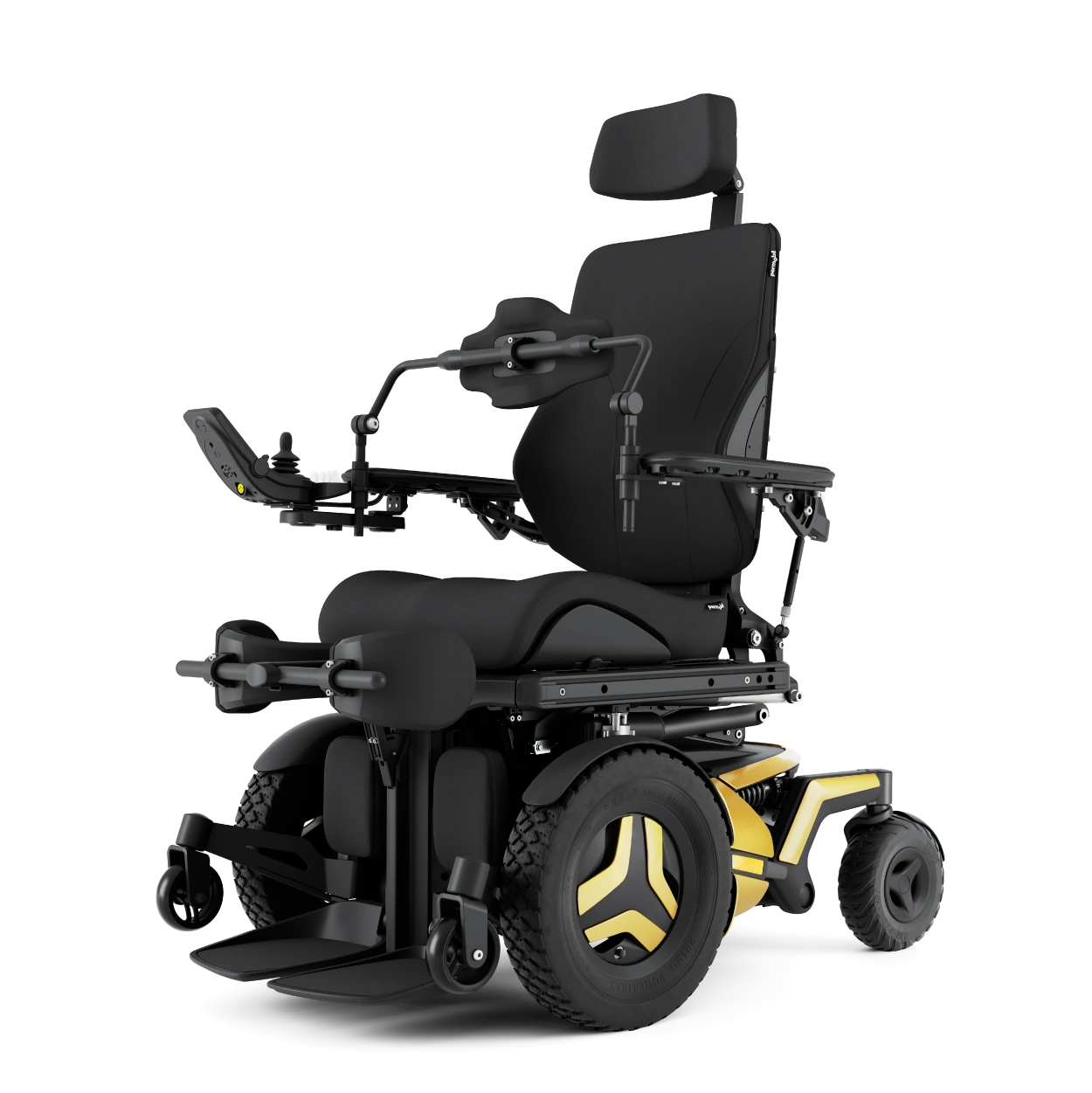- Clinical Research (1)
- Research Library
- Comorbidities and Medical Complexities of Mobility Device Users: a retrospective study
Comorbidities and Medical Complexities of Mobility Device Users: a retrospective study

In collaboration with Hennepin Healthcare (Minneapolis, USA), authors Nicole LaBerge, Ashley Detterbeck & Carla Nooijen reviewed medical charts of 330 people using wheeled mobility devices to identify the presence of comorbidities and the potential of power standing wheelchairs as an intervention to reduce the burden of these comorbidities and complexities among people using wheeled mobility.
In this publication, Comorbidities and Medical Complexities of Mobility Device Users: a retrospective study, 56 people used manual wheelchairs, 138 scooters, 123 power wheelchairs without integrated standing, and 13 power standing wheelchairs. Regardless of a person’s primary diagnosis or the wheeled mobility device they use, 100% reported at least one and 92% at least three comorbidities and medical complexities.
For people who used power wheelchairs with integrated standing (iS-PWC), there was a lower incidence of UTIs when reviewed at one-year after the mobility device evaluation.
Understanding the medical comorbidities and complexities that exist in this population will set the groundwork for future research to follow changes in health conditions based on power wheelchairs with integrated standing.
To read more about these findings, you can review the author-published full text article here
LaBerge NB, Detterbeck A, Nooijen CFJ. Comorbidities and medical complexities of mobility device users: a retrospective study. Disabil Rehabil Assist Technol. 2021 Sep 2:1-8
PubMed Abstract Comorbidities and medical complexities of mobility device users: a retrospective study - PubMed (nih.gov)
